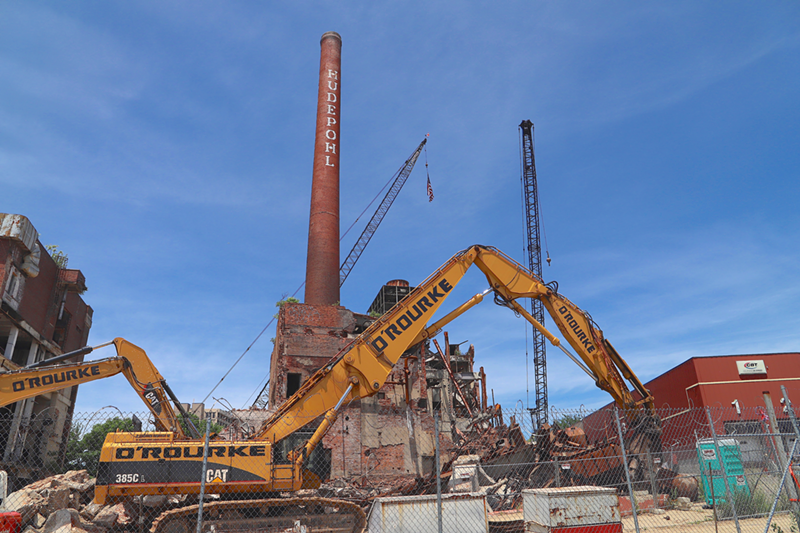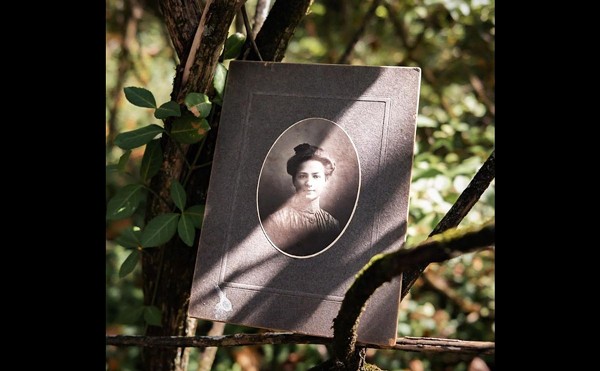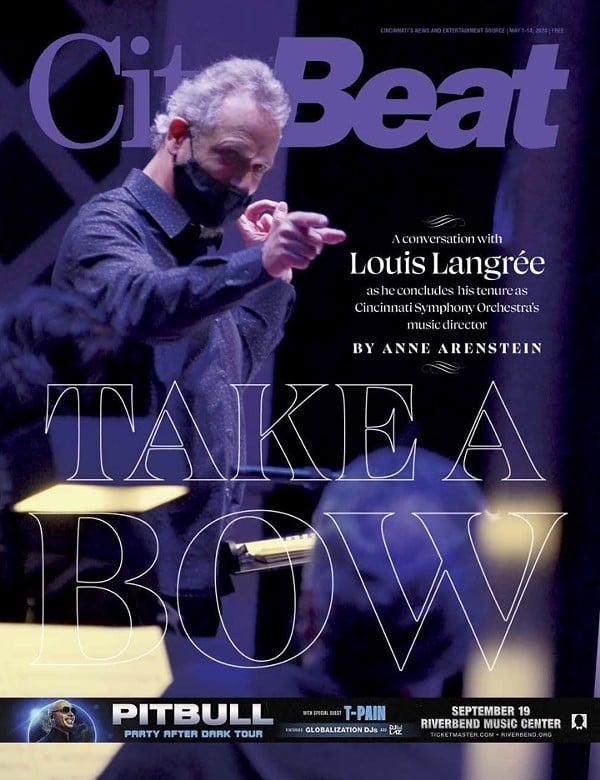It lorded 170 feet over the grey tangle of highway ramps and green overgrown medians that is Queensgate like an ancient ruin, greeting highway drivers with a strange but familiar word spelled out in white bricks: Hudepohl.
Now it's gone.
One of Cincinnati's most iconic, and sadly neglected, landmarks was demolished June 16 after sitting dormant on West Sixth Street for more than a quarter century.
The Port Authority of Cincinnati acquired the property in 2014 for $400,000, and in 2017 received $1.8 million from the Environmental Protection Agency to remove asbestos and another $2.2 million from the City of Cincinnati to demolish the buildings and remediate the property for future, as-yet-unnamed development.
The Port said the smokestack needed more than $980,000 in immediate repairs — more than was available to save it while cleaning up the rest of the site.
The demolition comes as Cincinnati's brewing industry soars again and as interest in the city's history has increased.
The Hudepohl plant occupies space that had been used for brewing since the 1860s, according to Hamilton County records. An exhaustively-footnoted article in the Journal of the Brewery History Society details the site's history and fate.
Hudepohl, itself founded by Louis Hudepohl in 1885, acquired the former Lackman Brewery on West Sixth Street in 1934, just after Prohibition ended. The facility had been used by local ice cream production company Niser while producing alcohol was outlawed, so it was still in good shape when Hudepohl switched back to beer from "near beer" and soft drinks.
The company benefited greatly from a rare federal contract that allowed it to can beer during World War II so long as it shipped flat green-painted cans to troops in the Pacific Theater, meaning thousands of young men far from home got beer from the plant in the West End.
Hudepohl maintained operations at its other facility on McMicken Avenue in Over-the-Rhine until 1958. A series of expansions concluding in the late 1960s eventually allowed the company to operate exclusively from its Sixth Street location, including the construction of a new brewhouse under the city's 1959 urban renewal plan that also saw the demolition of much of the West End around it.
As it expanded, Hudepohl became the largest brewer in the city by the dawn of the 1960s, brewing half a million barrels a year from the Queensgate plant. But by the end of that decade, regional and national brewers with more advertising resources took advantage of the increasing popularity of television, cutting sharply into market share for local breweries like Hudepohl.
Hudepohl's acquisition of local competitor Burger Beer's brand name, the subsequent popularity of light beers in the late 1970s and early 1980s and a shift toward specialty, high-end brewing buoyed the company somewhat, but industry trends were murder for local breweries as five major national brands consolidated a larger and larger market share. By the middle of the 1980s, Hudepohl was only brewing about 55 percent of the beer it had brewed at its peak, and only it and Shoenling remained as local brewers in Cincinnati. The two merged in 1986 and, with Shoenling possessing a much more modern plant on Central Parkway, production at the Queensgate facility ceased the next year.
Some other tenants occupied parts of the facility over the years, but mostly it languished. Fires in the mid-1990s gutted the interior and plans to redevelop the buildings fell through. Now, the slate is being wiped clean.
The company's original OTR bottling plant still exists, however — and the Hudepohl brand itself survives thanks to Christian Moerlein Brewing Company owner Greg Hardman, who helped resurrect the label.
Some pieces of the facility will be saved, including stone and steelwork from the building's entryway and a neon light box, according to social media posts from representatives of OTR's Brewery District.
The rest, unfortunately, will live on only in memory.






